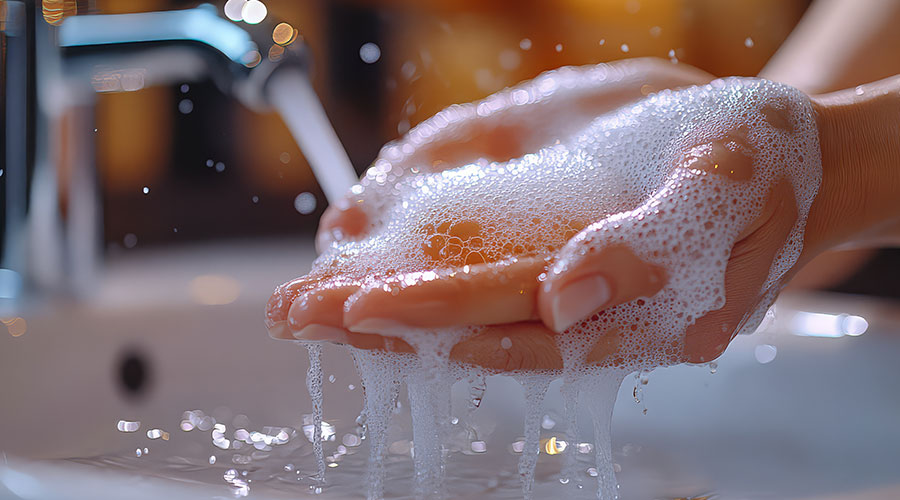With cold and flu season well underway, hand hygiene is critical to keeping both staff and patients safe from these respiratory infections. Yet, compliance with hand hygiene policies without specific improvement interventions averages out to 40 percent, according to the WHO.
There are methods to improve compliance with hand hygiene policies, such as automated hand hygiene systems (AHHMS). These systems are tools for assessing hand hygiene performance rates and providing guidance for improvement.
Related: Scrubbing Up for World Hand Hygiene Day
There are five key strategies to successfully implementing an AHHMS in healthcare facilities, according to a whitepaper from BioVigil:
- Get leaders to be involved early on in the selection process, as this will help to get buy-in from leadership at all levels. Also involve them in planning how the AHHMS will be implemented and allow them to ask questions or provide input during the process.
- Have staff be prepared for the new AHHMS before it is installed and implemented. Let them know why it is being used, what are its benefits and what is expected from them. Preparing beforehand lets the team ask questions and get ready for the real thing.
- Engage with the team to help them see why the system is being used and the critical role they play in its success. Give them a chance to figure out how they will incorporate the system into their workflows. Ultimately, this allows for autonomy and can increase how compliant they are.
- Teams can routinely run reports and go over the data collected by an AHHMS to identify patterns and change practices as needed. Infection preventionists can also review facility-wide data and pin down specific areas where things are improving or not.
- When teams are properly educated on how to use the system and are regularly using it, leadership can provide feedback and share data on their performance, holding them accountable if necessary.
However, an AHHMS won’t be effective alone, as staff still need to be encouraged to comply with policies and actively wash their hands. Making sure healthcare staff perform hand hygiene whenever possible is a continuing challenge for healthcare facilities, as it requires constant, gradual work to maintain.
Jeff Wardon, Jr., is the assistant editor for the facilities market.

 Grounding Healthcare Spaces in Hospitality Principles
Grounding Healthcare Spaces in Hospitality Principles UC Davis Health Selects Rudolph and Sletten for Central Utility Plant Expansion
UC Davis Health Selects Rudolph and Sletten for Central Utility Plant Expansion Cape Cod Healthcare Opens Upper 2 Floors of Edwin Barbey Patient Care Pavilion
Cape Cod Healthcare Opens Upper 2 Floors of Edwin Barbey Patient Care Pavilion Building Sustainable Healthcare for an Aging Population
Building Sustainable Healthcare for an Aging Population Froedtert ThedaCare Announces Opening of ThedaCare Medical Center-Oshkosh
Froedtert ThedaCare Announces Opening of ThedaCare Medical Center-Oshkosh